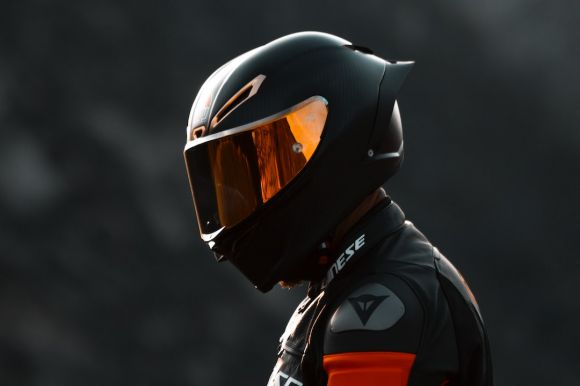When it comes to riding a motorcycle, safety should always be your top priority. One of the most important safety gear you should invest in is a motorcycle helmet. Wearing a helmet can significantly reduce the risk of head injuries in case of an accident. However, choosing and wearing a helmet properly is crucial to ensure maximum protection. Here are some tips on how to properly choose and wear a motorcycle helmet.
Choosing the Right Helmet
1. Consider the Fit: The most important aspect of a motorcycle helmet is how well it fits your head. A helmet that is too loose or too tight can be uncomfortable and may not provide adequate protection. To find the right fit, measure the circumference of your head just above your eyebrows. Use this measurement as a guide when trying on different helmets. Make sure the helmet feels snug but not too tight. It should stay securely in place and not move around when you shake your head.
2. Check for Certification: Look for helmets that are certified by a recognized safety standards organization, such as the Department of Transportation (DOT) or the Snell Memorial Foundation. These certifications ensure that the helmet has passed rigorous safety tests and meets specific requirements for impact resistance and protection.
3. Consider the Type of Helmet: There are several types of motorcycle helmets available, including full-face, open-face, and modular helmets. Each type offers different levels of protection and features. Full-face helmets provide the most coverage and are recommended for maximum protection. Open-face helmets offer less protection but provide better visibility. Modular helmets combine features of both full-face and open-face helmets, allowing you to lift the front section for more ventilation.
Wearing the Helmet Properly
1. Position the Helmet Correctly: To ensure maximum protection, the helmet should sit level on your head, covering the top of your forehead and resting just above your eyebrows. The cheek pads should fit snugly against your cheeks, and the chin strap should be securely fastened. Avoid wearing the helmet tilted back or pushed too far forward, as this can compromise its effectiveness in a crash.
2. Fasten the Chin Strap: The chin strap plays a crucial role in keeping the helmet securely in place during a crash. Make sure to fasten the chin strap properly, so it fits snugly under your chin. It should be tight enough to prevent the helmet from moving or sliding off, but not so tight that it causes discomfort or restricts your breathing.
3. Check for Proper Fit: Once you have the helmet on and fastened, perform a few simple checks to ensure it fits properly. Shake your head from side to side and up and down to see if the helmet moves excessively. If it does, try a smaller size or adjust the padding inside the helmet. Additionally, try to move the helmet forward and backward with your hands. It should stay firmly in place and not slide off.
In conclusion, choosing and wearing a motorcycle helmet properly is essential for your safety on the road. Take the time to find a helmet that fits correctly and meets safety standards. Once you have the right helmet, make sure to position it correctly on your head and fasten the chin strap securely. Remember, your helmet is your best defense against head injuries, so always prioritize safety when riding your motorcycle.
